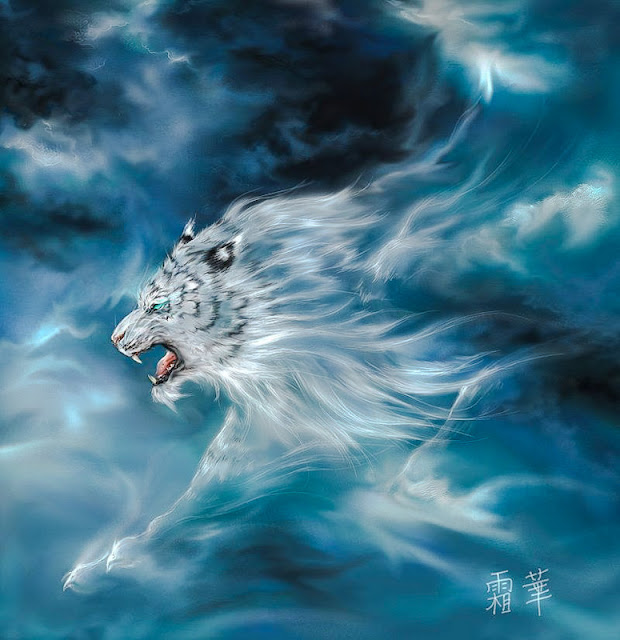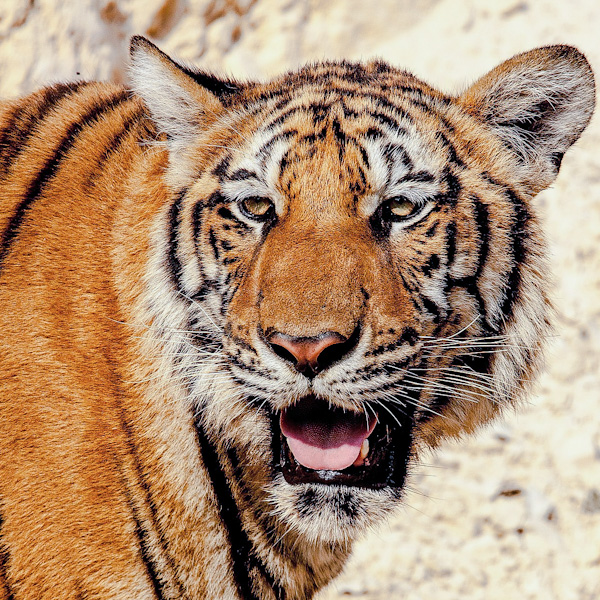Panna Tiger Reserve 2011
People who follow tiger conservation probably know that the Panna Tiger Reserve was tigerless by December 2008. This was due to poaching. A fresh strategy had to be found. I am reading an article in the Feline Conservation Federation magazine of May/June 2011 (yes about one year old) by Shekhar Kolopaka. He was brought in to help devise new strategies to protect the tiger and Panna wildlife generally.
What comes across are the enormous hurdles. There seems to be a general lack of interest in involvement by people local to the park in addition to many other problems such as an inability to stamp out poaching. Local hunters hunt local wildlife and that includes tiger prey or the tiger itself. The tiger carcass is very valuable.
Mr Kolopaka started initiatives such as:
One interesting element of Mr Kolopaka's work was the study of the smaller wild cats living in the fringes of the reserve e.g. jungle cat and rusty-spotted cat. Threats to their survival were assessed as:
What comes across are the enormous hurdles. There seems to be a general lack of interest in involvement by people local to the park in addition to many other problems such as an inability to stamp out poaching. Local hunters hunt local wildlife and that includes tiger prey or the tiger itself. The tiger carcass is very valuable.
Mr Kolopaka started initiatives such as:
- Expanding the Panna Tiger Reserve by introducing a buffer zone. There is also talk of creating a corridor joining three national parks in the area. Expanding the reserve is bound to encounter general resistance particular from businesses who see the tiger as getting in the way of business! Mining comes to mind. However local people were generally brought around to agree with it. Mr Kolopaka makes the very important point that it is impossible to find success without positive involvement of local people....
- This is "stakeholder management". There are 100 villages around the reserve. In the past reserve management was more concerned with dictating downwards rather than getting the assistance of local people and building trust between them and the authorities. This requires people management skills. That needs to be trained in. It is notable, I think that in 2011 it has been decided that the involvement of local people is vital to the success of the Panna Tiger Reserve. The reserve was started in 1994 almost 20 years ago. Without wishing to be overly critical I would have thought that the authorities would have got around to involving local people much earlier, at the inception of the reserve, in fact.
- Poaching is a major obstacle to conserving the tiger. Tiger body parts are used in Chines medicine. And very valuable they are. It also a shame that almost nothing is done to curb demand for tiger body parts as opposed to trying to stop poaching. The former is proactive, the latter is reactive and less effective. Hunting wildlife is banned in India yet the ban clearly goes unenforced. Hunters resist the inefficient actions of wardens and hunt pigs and deer. As wildlife has been successfully hunted outside the reserve hunters move into the reserve where there is more to hunt. This depletes tiger prey and indirectly threatens tiger survival. Wardens are poorly equipped and trained and because of the management issues mentioned above they cannot rely on the assistance and cooperation of local people to stop poaching. The answer, Mr Kolopaka says is the need for a "political willingness to tackle the issue of poaching..". Personally I find this depressing so long after the Panna Tiger Reserve was opened and some 4 years after the tiger was decimated in the reserve. The lack of urgency strongly indicates a lack of willingness.
One interesting element of Mr Kolopaka's work was the study of the smaller wild cats living in the fringes of the reserve e.g. jungle cat and rusty-spotted cat. Threats to their survival were assessed as:
- Free roaming village dogs
- Loss of "vegetative connectivity" between the forest and farm land. The wild cats need cover.
- Lack of awareness by local people and
- Organised poaching for wild cat skins and bones.




Comments
Post a Comment
Please comment.